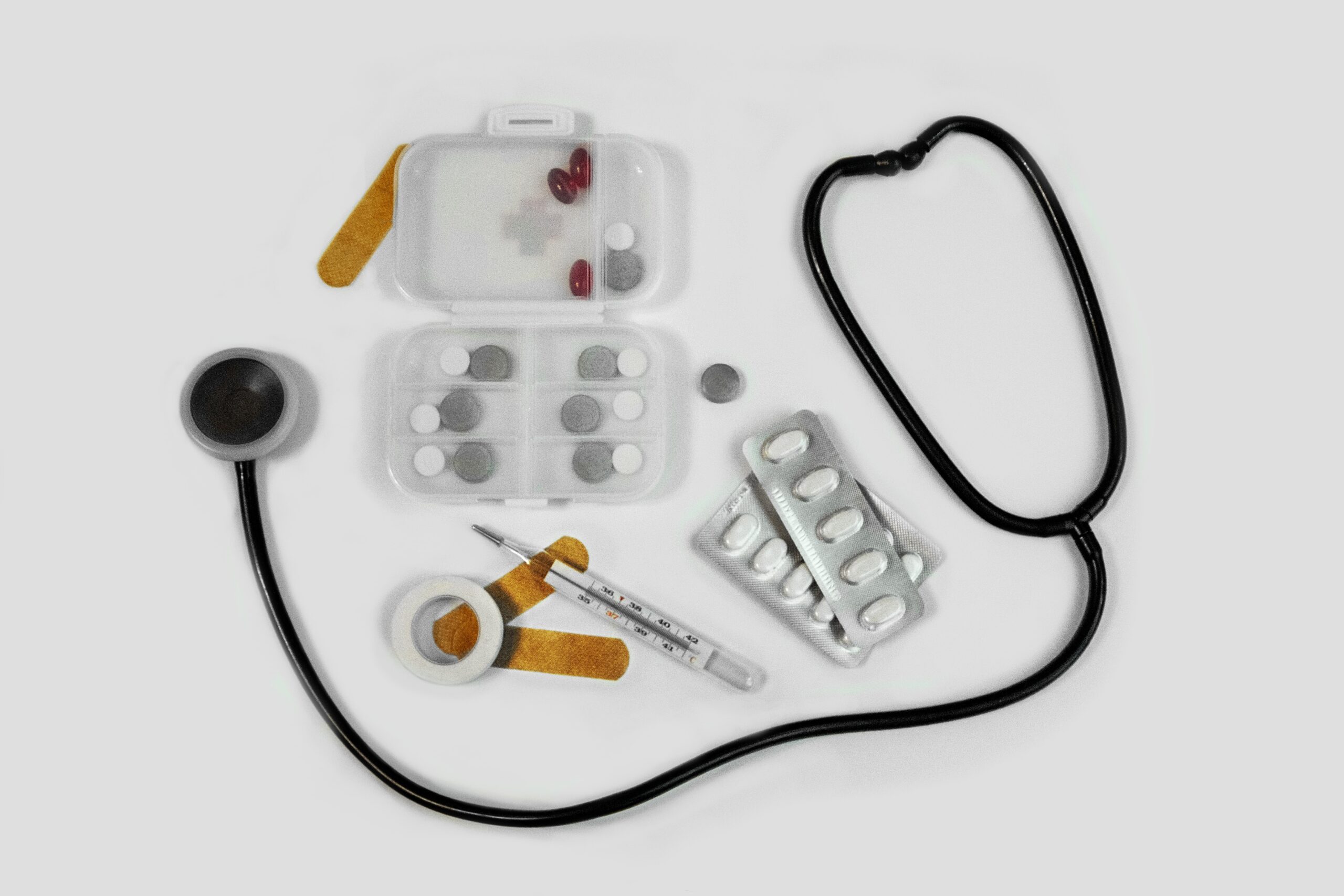How to know if I got the covid 19? Themermeter, pulse oximeter or even test kit
1.Body Temprature – thermometer
2.Blood Oxygen Levels – pulse oximetry
3.COVID-19 test kit
1. Body Temprature – thermometer
Using a thermometer to monitor your body temprature and call your doctor if you have fever.

2. Blood Oxygen Levels – Pulse Oximetry
Low blood oxygen is a sign that something’s wrong with your lungs. A bad viral pneumonia like COVID-19 can cause those levels to drop.
You can track your blood oxygen levels (and your heart rate) with a pulse oximeter — it’s easy, painless, and non-invasive, and inexpensive.
What is pulse oximetry?
Pulse oximetry is a test used to measure the oxygen level (oxygen saturation) of the blood. It is an easy, painless measure of how well oxygen is being sent to parts of your body furthest from your heart, such as the arms and legs.
A clip-like device called a probe is placed on a body part, such as a finger or ear lobe. The probe uses light to measure how much oxygen is in the blood. This information helps the healthcare provider decide if a person needs extra oxygen.
Most of the pulse oximeters available online and over the counter are battery-operated and clamp on a finger.
What is a normal reading on an oximeter?
A measurement of your blood oxygen is called your oxygen saturation level. In medical shorthand, you may hear it called a PaO2 when using a blood gas and an O2 sat (SpO2) when using a pulse ox. These guidelines will help you understand what your result might mean:
Normal: A normal ABG oxygen level for healthy lungs falls between 80 and 100 millimeters of mercury (mm Hg). If a pulse ox measured your blood oxygen level (SpO2), a normal reading is typically between 95 and 100 percent.
However, in COPD or other lung diseases, these ranges may not apply. Your doctor will let you know what’s normal for your specific condition. For example, it isn’t uncommon for people with severe COPD to maintain their pulse ox levels (SpO2) between 88 to 92 percentTrusted Source.
https://www.healthline.com/health/normal-blood-oxygen-level#oxygen-levels









Recent Comments